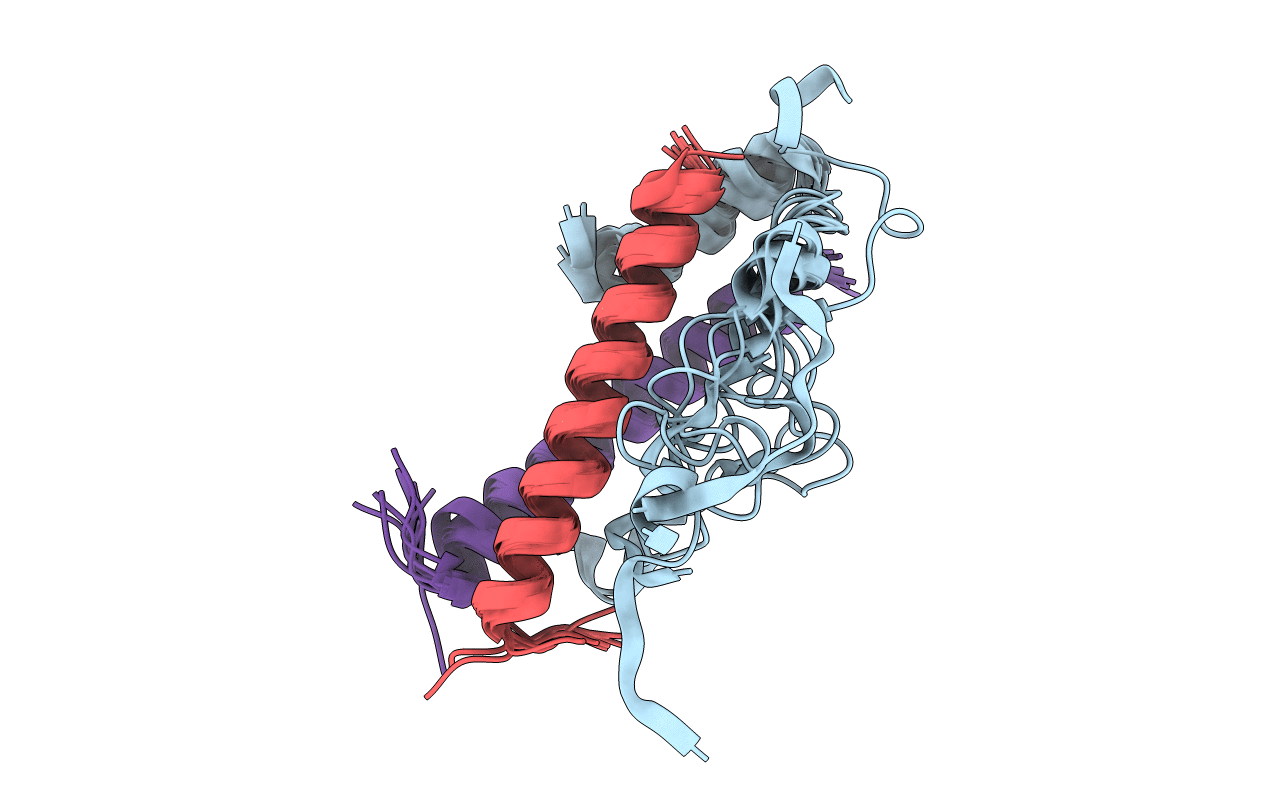
Deposition Date
2019-10-29
Release Date
2020-09-30
Last Version Date
2024-05-01
Entry Detail
PDB ID:
6UT2
Keywords:
Title:
3D structure of the leiomodin/tropomyosin binding interface
Biological Source:
Source Organism:
Homo sapiens (Taxon ID: 9606)
Host Organism:
Method Details:
Experimental Method:
Conformers Calculated:
20
Conformers Submitted:
10
Selection Criteria:
structures with acceptable covalent geometry


